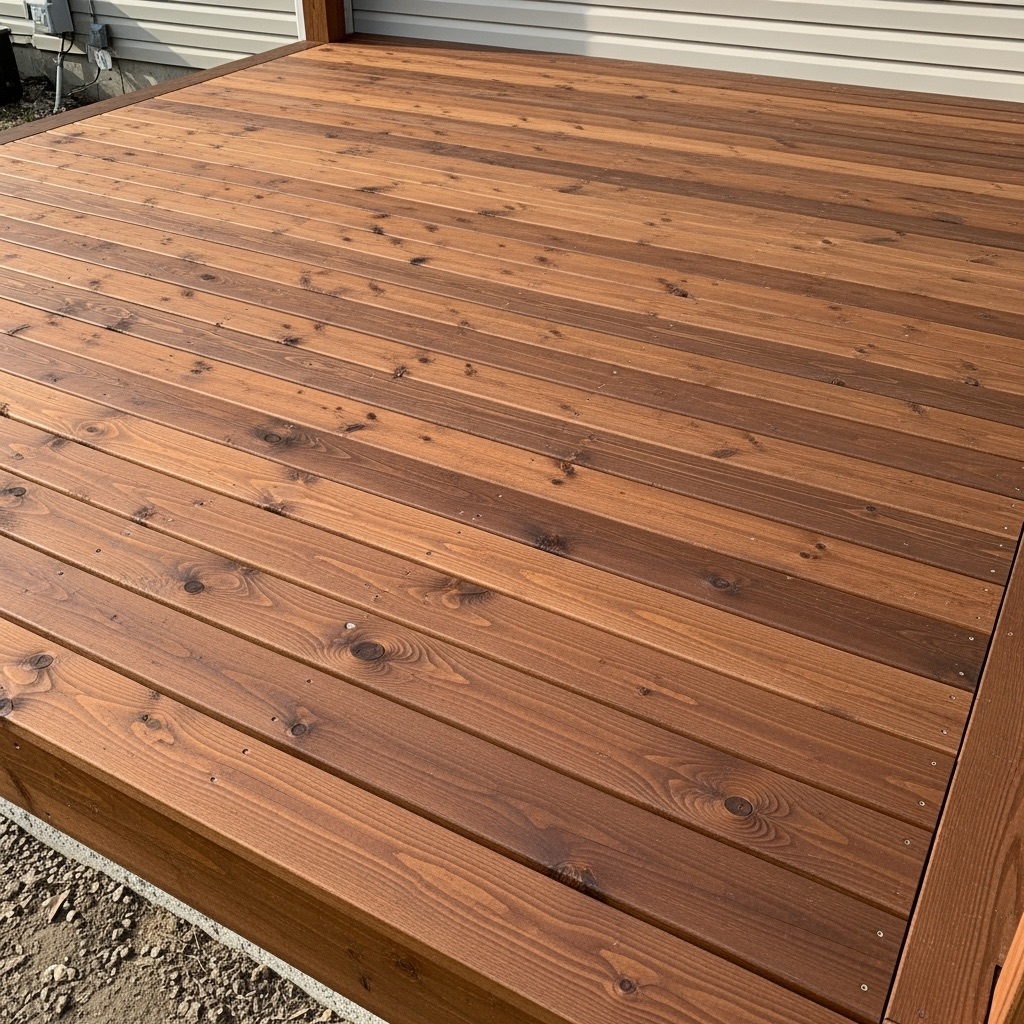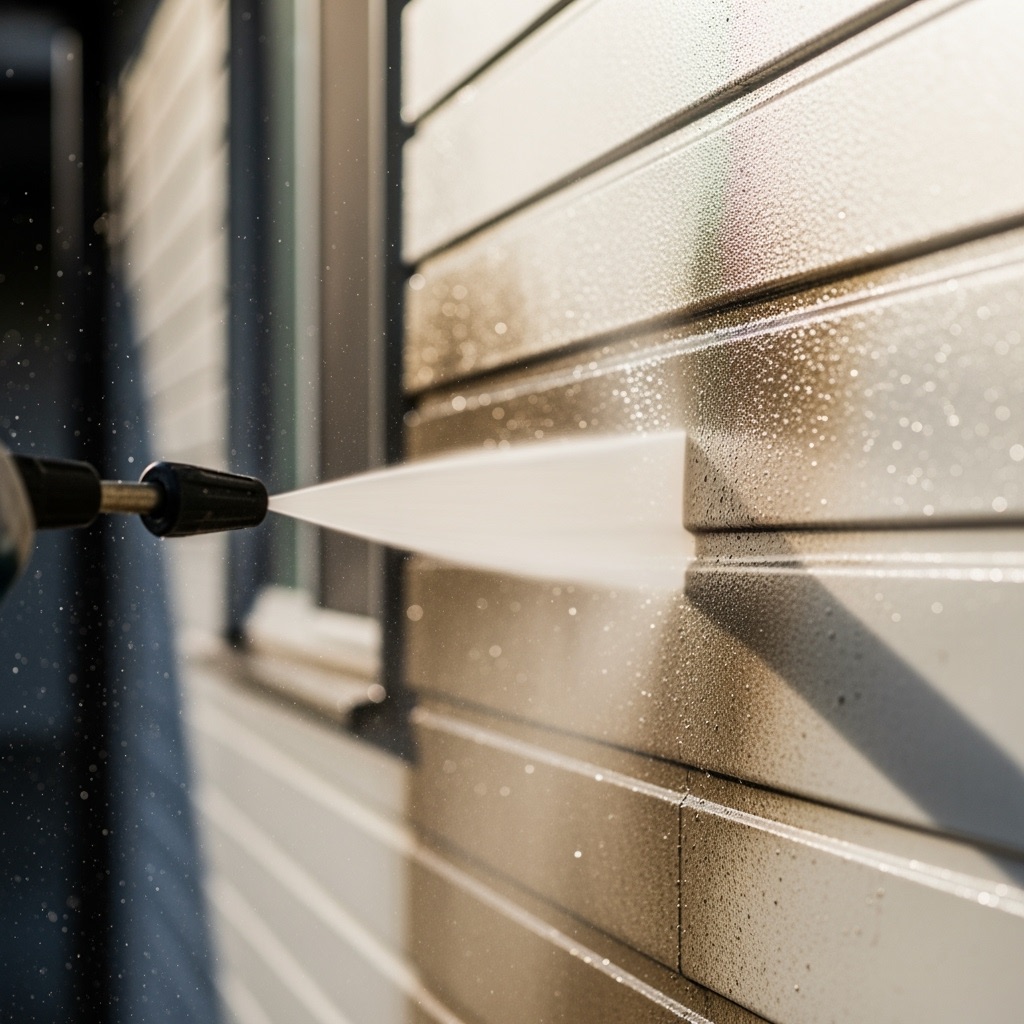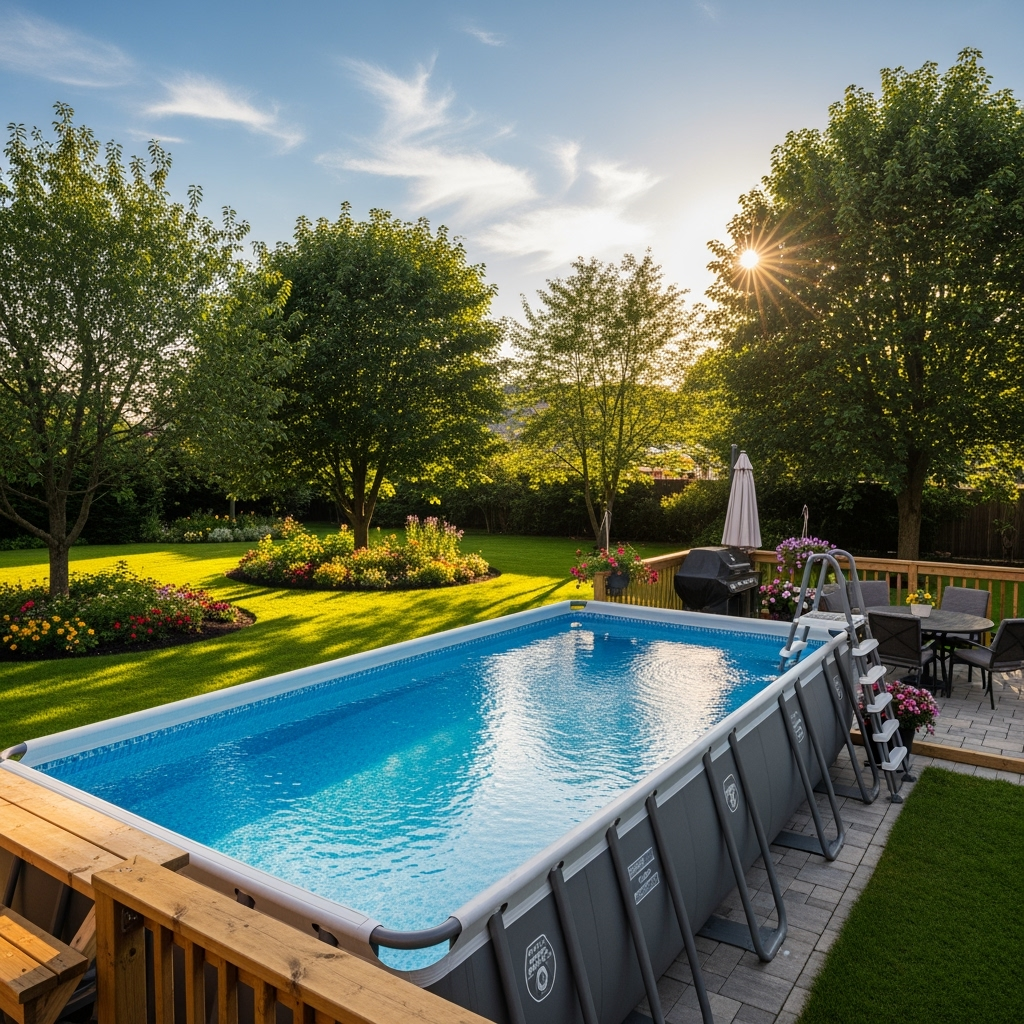Last updated on
Selecting appropriate plants for various rooms in your house will greatly improve your living areas’ general ambiance and visual attractiveness.
Every room has different environmental factors affecting plant life and development, including degrees of temperature, humidity, and light.
Understanding these elements and choosing plants that fit particular situations will help you to harmonize your interior design with the surroundings.
The correct plant selections will help your house become a lively and welcoming haven, whether your goals are to accentuate a living room, create a peaceful bedroom, or bring freshness to a kitchen or bathroom.
What's Inside
Factors to Consider When Choosing Plants for Different Rooms

When choosing plants for your house, consider light availability, humidity, temperature, and pet friendliness. While guaranteeing your pets remain safe, pet friendly plants such as bamboo palms, Boston ferns, and spider plants flourish in many circumstances.
Bright areas fit sun-loving, non-toxic species like areca palms, and rooms with high humidity—like bathrooms—are perfect for tropical pet-friendly kinds.
Consider also room size and foot activity; smaller plants fit well in compact places, but larger ones can cover more ground. Finally, maintenance requirements should be considered since certain pet-friendly plants demand more attention than others.
Best Plants for Living Rooms
Think about adding plants that adjust to different humidity levels and flourish in moderate to strong light for a lively and welcoming living area.
Popular alternatives are the peace lily, which blooms beautifully white and thrives in lower light settings, and the snake plant, noted for its striking straight-forward leaves and air-purifying properties.
Perfect focal points are also rubber plants and fiddle leaf figs, whose big, glossy leaves can provide little drama. Pothos and ZZ plants give rich greenery without requiring much maintenance for people looking for low-maintenance solutions, guaranteeing your living room stays a welcome haven.
Ideal Plants for Bedrooms
Choosing plants for a peaceful resting environment improves air quality and encourages restfulness. Lavender is perfect for encouraging better sleep as it not only smells good but also has calming effects, which are known.
Excellent choices include snake plants and peace lilies since they release oxygen at night and assist in toxin filtration, improving air quality. Furthermore, it is low-maintenance and efficient in the air purification of the spider plant. Including these plants will help to create a peaceful haven that promotes rest and renewal.
Top Plants for Kitchens and Bathrooms
Plants that flourish in humid circumstances and withstand different light levels are great for bathrooms and kitchens. Herbs, including rosemary, mint, and basil, not only improve food but also thrive in the brilliant sunshine of a kitchen window. In restrooms, think about moisture-loving plants like ferns and spider plants, which flourish in the humidity and assist in cleaning the air.
Pothos is also a flexible choice that will fit reduced light levels and provide some foliage. These choices not only enhance the area but also help create a more welcoming environment through freshness.
The Takeaway
Your living areas’ visual and air quality will be much improved by selecting the correct plants for each room. Plants that fit not only their surroundings but also your lifestyle and maintenance choices can be chosen by weighing elements such as light availability, humidity, and room size.
Every plant has a different function, from the bright snake plant and peace flower in the living room to the soothing lavender in the bedroom and useful herbs in the kitchen. In the end, adding vegetation to your house promotes well-being and connection to the surroundings, generating a more harmonious and welcoming environment.




